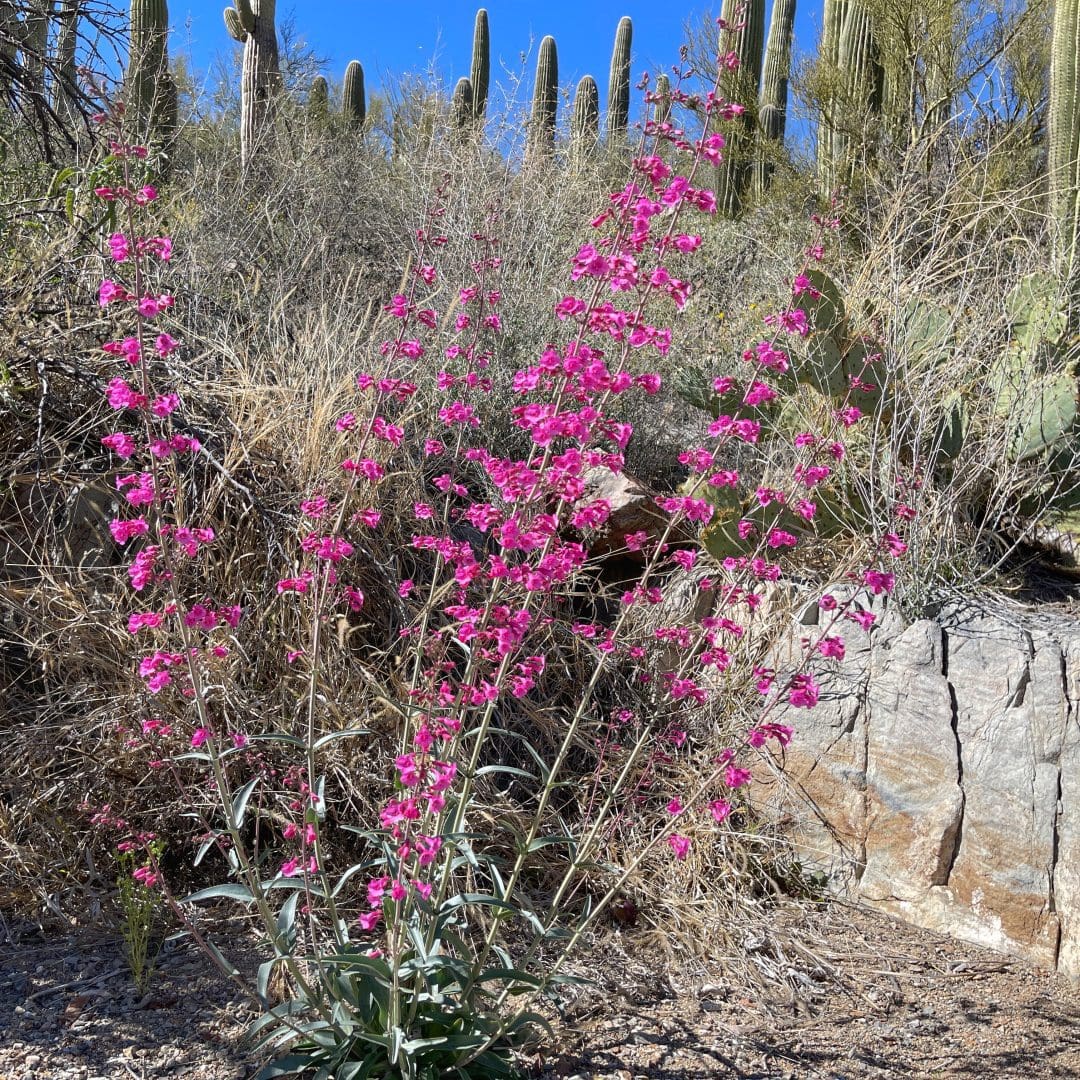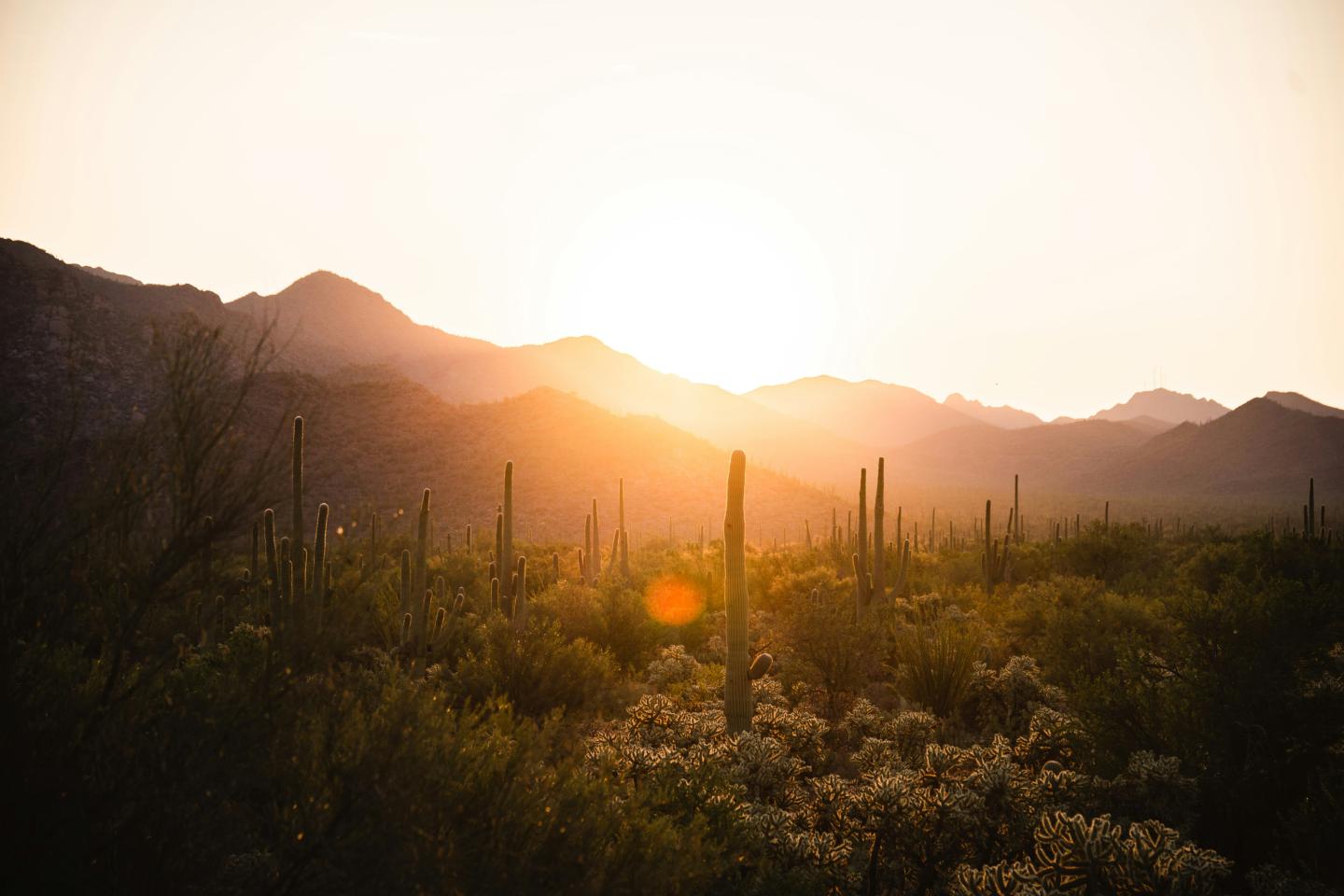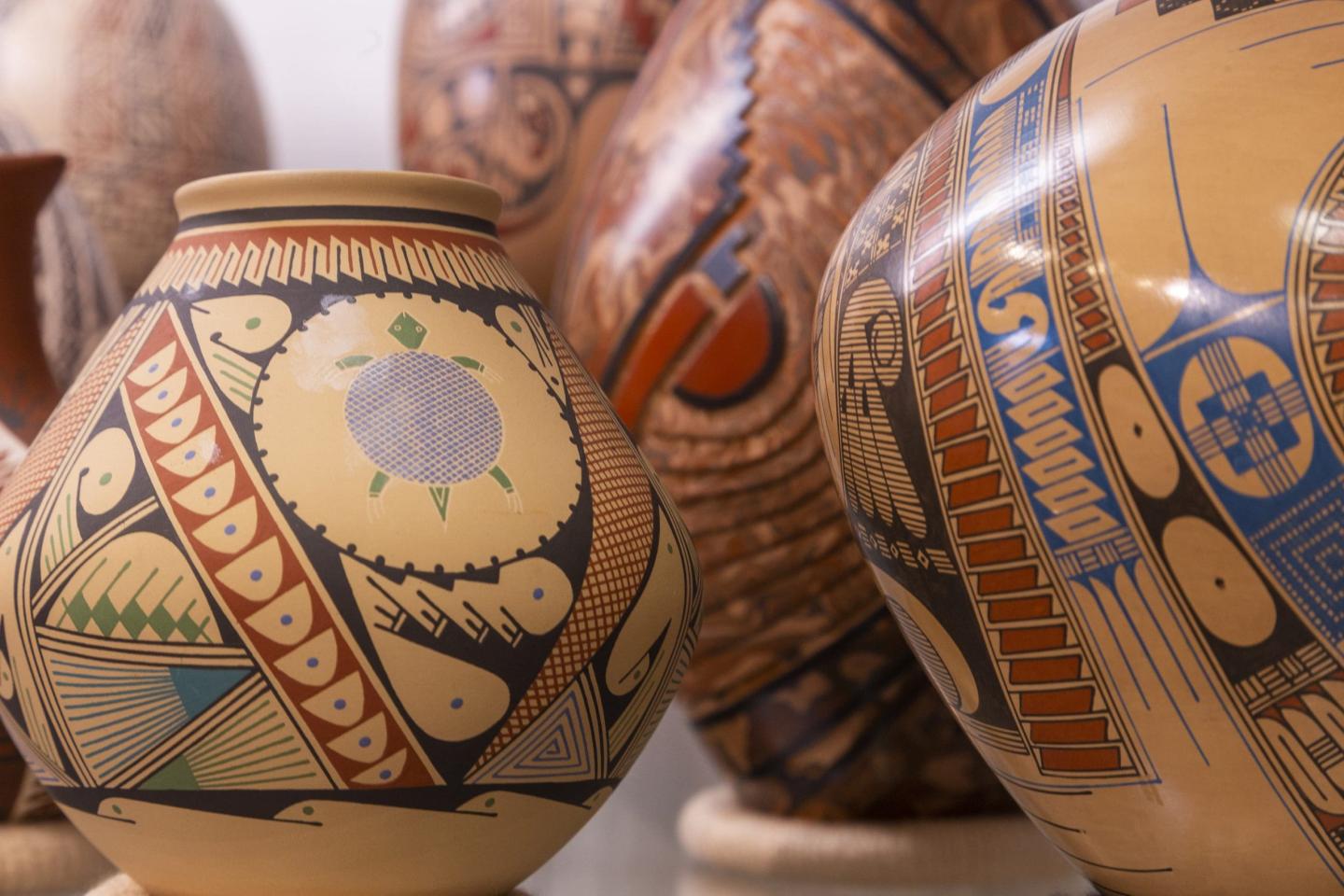
See the Natural Side of the Unique Palo Alto Battlefield
With nearly 2,000 acres of protected land, Palo Alto Battlefield National Historical Park in Texas is resplendent with fascinating wildlife and native plants. The park balances its responsibility to preserve the significant history of the first battle of the US-Mexico War with a duty to protect the natural landscapes. Luckily, those two purposes often coincide and offer visitors a very unique blend of historical enrichment and natural serenity. This hidden gem offers nature lovers a front-row seat to observe a pristine natural setting. From beautiful birds to slithering reptiles, rustling leaves to blossoming butterfly-attractors, a walk through Palo Alto provides visitors with plenty of Instagrammable opportunities.
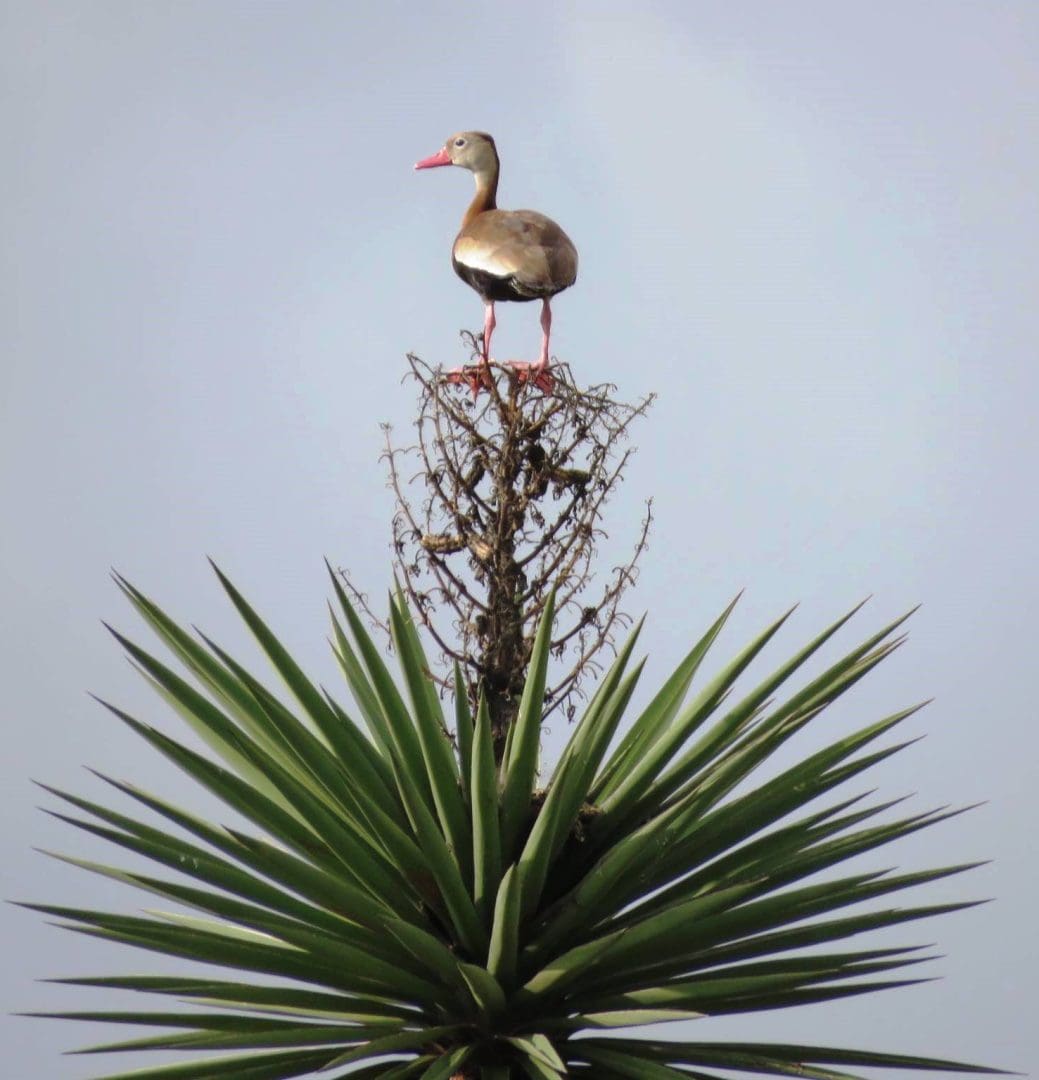
Birdwatchers flock to Palo Alto Battlefield
The park’s location along a major migration route means a high diversity of winged visitors stopping by throughout the year.
The abundance of wildlife and diverse plants make the battlefield a perfect spot for nature lovers and birdwatching. Visitors have spotted birds of prey like the Harris Hawk, Aplomado Falcon as well as colorful species like the Roseate Spoonbill.
Historic Sightings
Many of the people who fought on this field in 1846 also had an interest in the birds of the area.
Captain John Porter McCown, for example, is credited for documenting eight species including the Black-bellied Whistling Duck, Green Kingfisher, Vermilion Flycatcher, Verdin, Cactus Wren, Pyrrhuloxia, Great-tailed Grackle, and Olive Sparrow.
Captain Jean Louis Berlandier of the Mexican Army was a noted naturalist who documented numerous birds of the Rio Grande Valley. As you visit the fields where these soldiers fought, you may sight some of the birds they might have seen that day.
Contact the NPS if you would like a copy of our bird checklist emailed to you.
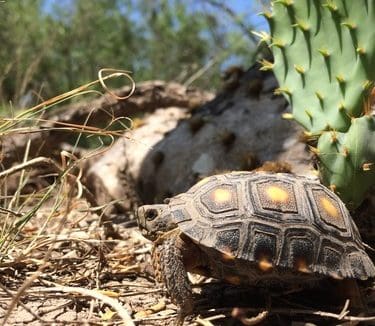
Desert Denizens at Palo Alto Battlefield
In addition to colorful birds overhead, keep your eyes peeled for quick-moving lizards, armored Texas tortoises, and stealthy snakes slithering through the sandy soil. You may also encounter the Texas horned lizard and Cameron County Line musk turtle if you peer into burrows and ponds. While these cold-blooded residents may startle some visitors, they are a vital part of the ecosystem.
Be sure to recreate responsibly, leave no trace, and appreciate wildlife from a distance!
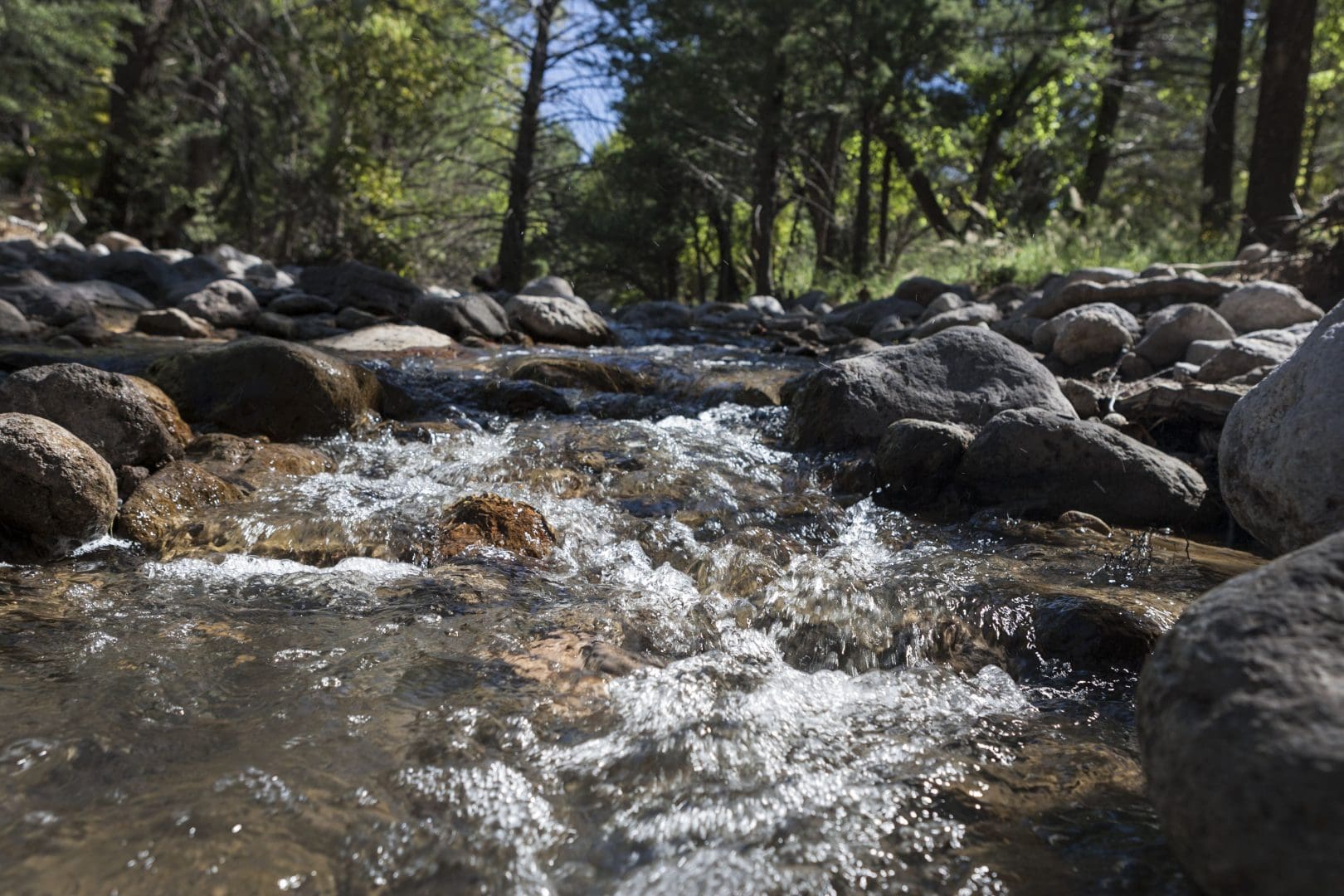
Want to show your love and support for these incredible lands?
Shop WNPA’s collection of apparel, books, collectibles, and more!
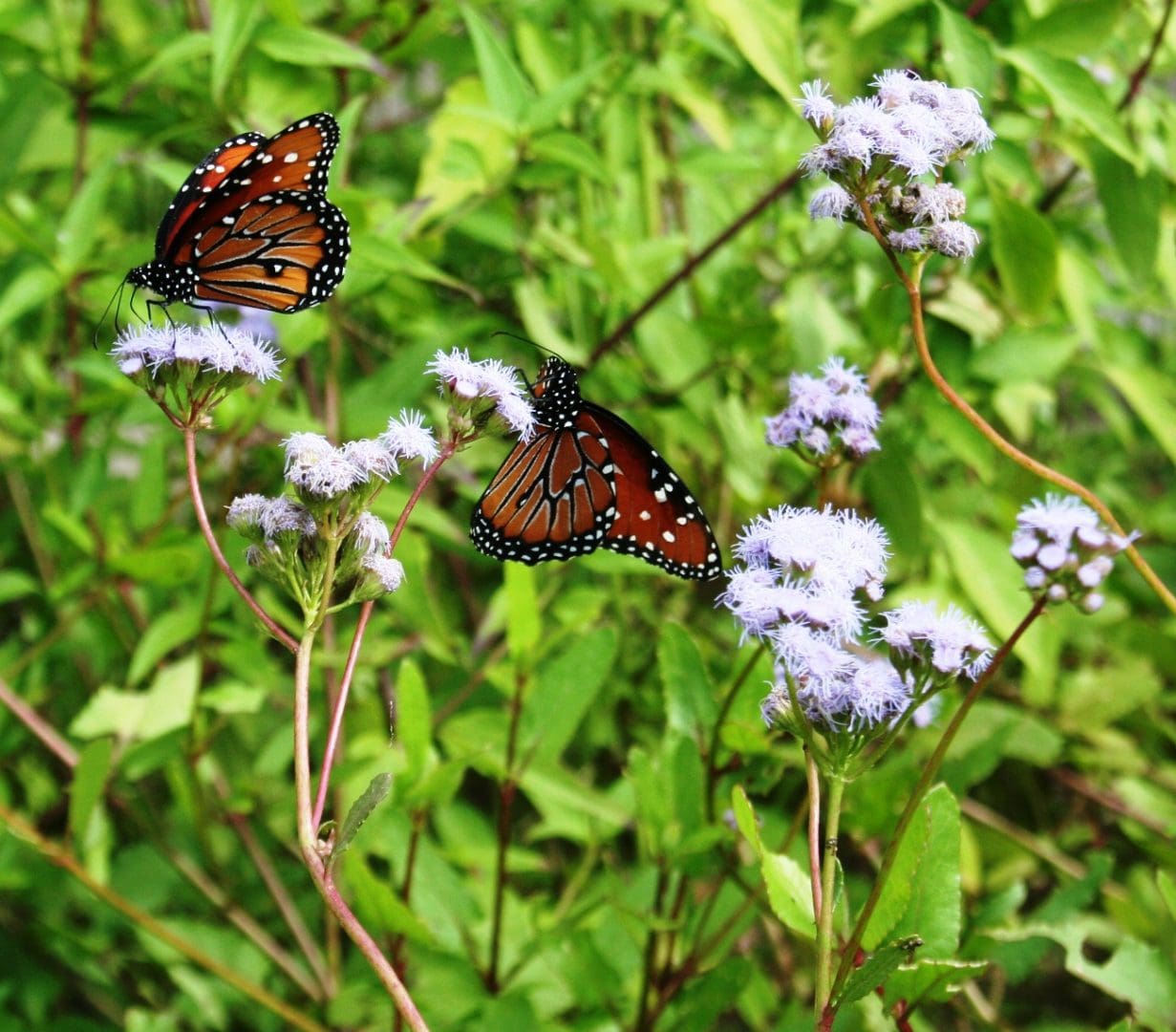
Butterfly Diversity at Palo Alto Battlefield
Palo Alto Battlefield also draws butterfly enthusiasts hoping to spot rare species found nowhere else in the country. Butterfly diversity peaks from March to October, making spring and fall perfect times to observe these delicate beauties fluttering from flower to flower. Species like the vibrantly orange Julia heliconian and tiny Leda skipper delight visitors. Species recorded in Cameron County include butterflies from the following families: swallowtails (Papilionidae), hairstreaks and blues (Lycaenidae), brushfooted butterflies (Nymphalidae), and skippers (Hesperiidae). The manfreda giant-skipper (Stallingsia maculosa), a species endemic to Texas, is considered to be one of the rarest butterflies in the state. With diverse habitats from open grassland to dense thornscrub, there’s always a potential new butterfly sighting in store, so be sure to bring your binoculars!
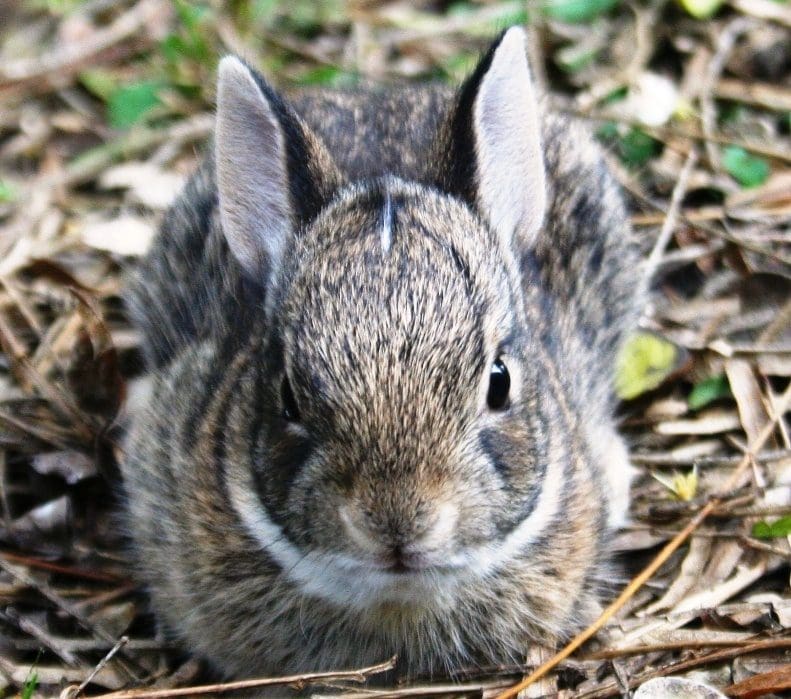
Native Wildlife Species Have Inhabited the Land Since the US-Mexico War and Before
While you search for unique wildlife, envision American and Mexican troops encountering these same species nearly 175 years ago. Many of the animals at Palo Alto today also inhabited the area during the pivotal battles of the US-Mexico War in 1846. Their presence connects us to the past and reminds us of the power of nature to transcend political divides.
With coyotes howling in the distance and rabbits darting through the brush, a journey through Palo Alto Battlefield transports you to a landscape brimming with life. Keep your eyes peeled and you never know what magnificent native species you may encounter next.
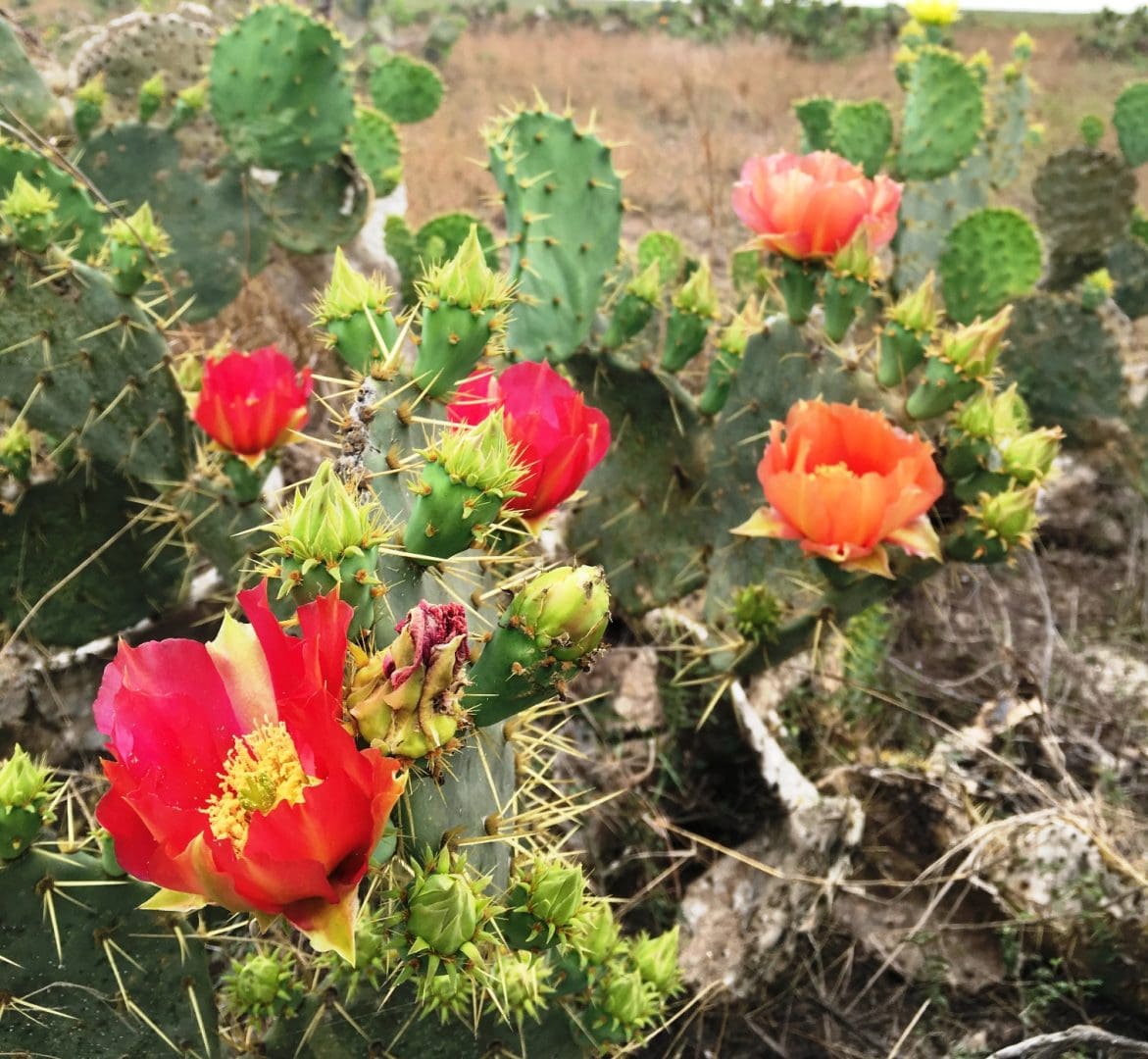
Native Plants are a Vital Part of the Ecosystem at Palo Alto Battlefield
An iconic spring flower at Palo Alto is undoubtedly the bright bloom of prickly pear cactus. These signature paddle-shaped cacti produce eye-catching golden flowers from March to June. The pads and fruits are edible, making prickly pear a useful plant for native tribes who once inhabited this area. In spring, the landscape becomes dotted with these sunny yellow blooms.
Mesquite trees are also a common sight, thanks to their ability to thrive in the hot, dry climate. Their long thorns protect them from grazing animals. Though they lack showy flowers, mesquite trees play an important role in the ecosystem. Their bean pods provide nourishment for wildlife, while their roots prevent soil erosion.
Yuccas are another significant desert plant found at the park. These sculptural succulents can grow up to 20 feet tall, with clusters of long, sharp leaves radiating from the base. From December to April, yucca sends up a flowering stalk covered in pale bell-shaped blooms. The pointed leaves provide shelter for birds and small animals.
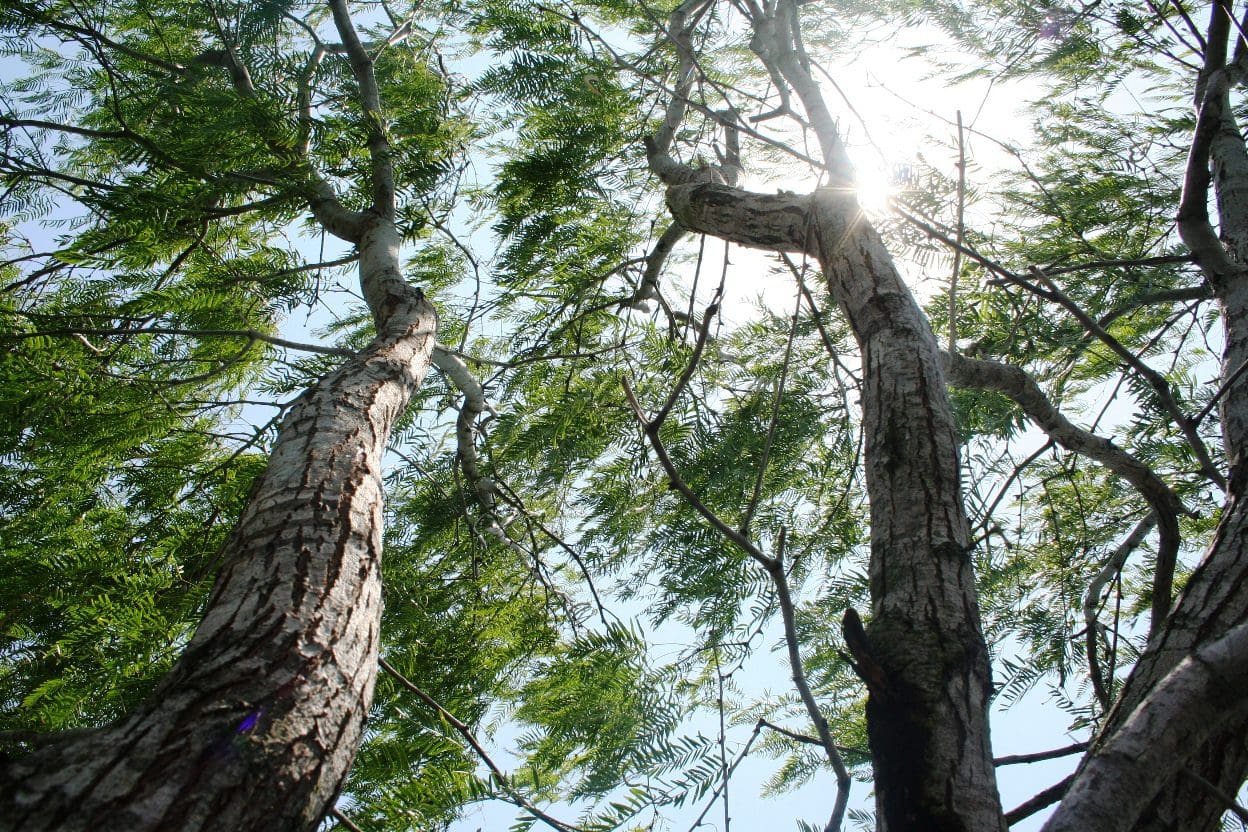
Experience the Natural Beauty of Palo Alto Battlefield National Monument
When most think of Palo Alto Battlefield National Monument, historical artifacts and interpretation come to mind. But the natural beauty of the land mirrors the exquisit beauty of this borderland region. In spring and summer, come witness the desert transform into a sea of color, and gain a new admiration for the flora and wildlife that call this area home. The diversity of life at Palo Alto is an inspiring reminder of nature’s resilience and beauty.
By Julie Thompson



